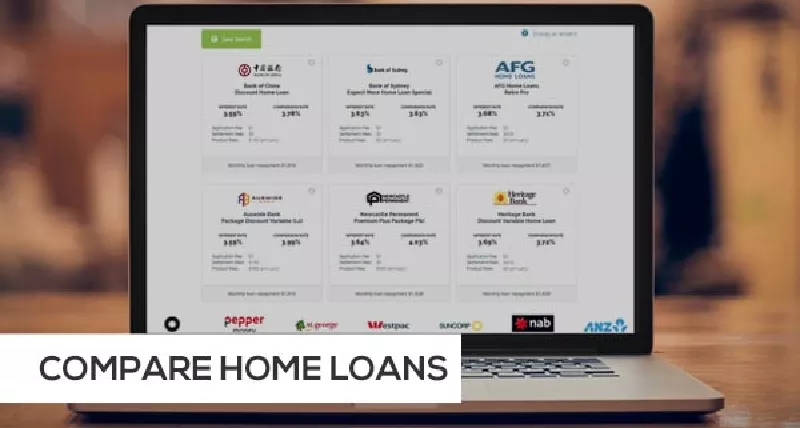What is an LVR?
The term LVR (`Loan to Value Ratio`) is used by banks and lenders to evaluate risk.
For example if your property is worth $1,000,000 and you would like a loan of $750,000 your LVR would be 75%.
An LVR is used to determine the risk profile of a loan application, the higher the LVR, the greater the level of risk for a bank or lender.
When you apply for a loan with a LVR greater than 80% most lenders will obtain an insurance policy called Lenders Mortgage Insurance (`LMI`). This policy protects the bank against any loss in the event of default by the borrower. Although the insurance policy doesn`t protect the borrower, banks will pass the cost of the insurance policy onto the borrower.
Additionally the government requires lenders to hold additional capital for high LVR loans. As a result lenders will offer discounts for customers with a low LVR. Often the lower your LVR, the greater the discount you can secure.
So what does this all mean for you. Firstly if you are buying your first home the maximum LVR a bank will lender is usually 95%. The larger the deposit you can save, the lower your LVR, which will reduce the cost of LMI. If your parents own their own home, you might even be able to apply for a family guarantee loan (if they agree).
If you already have your own home with a mortgage, it might be worth looking to refinance. As property prices increase, it helps reduce your LVR and in turn may help you secure a lower interest rate with a new lender.
The term LVR (`Loan to Value Ratio`) is used by banks and lenders to evaluate risk.
For example if your property is worth $1,000,000 and you would like a loan of $750,000 your LVR would be 75%.
An LVR is used to determine the risk profile of a loan application, the higher the LVR, the greater the level of risk for a bank or lender.
When you apply for a loan with a LVR greater than 80% most lenders will obtain an insurance policy called Lenders Mortgage Insurance (`LMI`). This policy protects the bank against any loss in the event of default by the borrower. Although the insurance policy doesn`t protect the borrower, banks will pass the cost of the insurance policy onto the borrower.
Additionally the government requires lenders to hold additional capital for high LVR loans. As a result lenders will offer discounts for customers with a low LVR. Often the lower your LVR, the greater the discount you can secure.
So what does this all mean for you. Firstly if you are buying your first home the maximum LVR a bank will lender is usually 95%. The larger the deposit you can save, the lower your LVR, which will reduce the cost of LMI. If your parents own their own home, you might even be able to apply for a family guarantee loan (if they agree).
If you already have your own home with a mortgage, it might be worth looking to refinance. As property prices increase, it helps reduce your LVR and in turn may help you secure a lower interest rate with a new lender.





